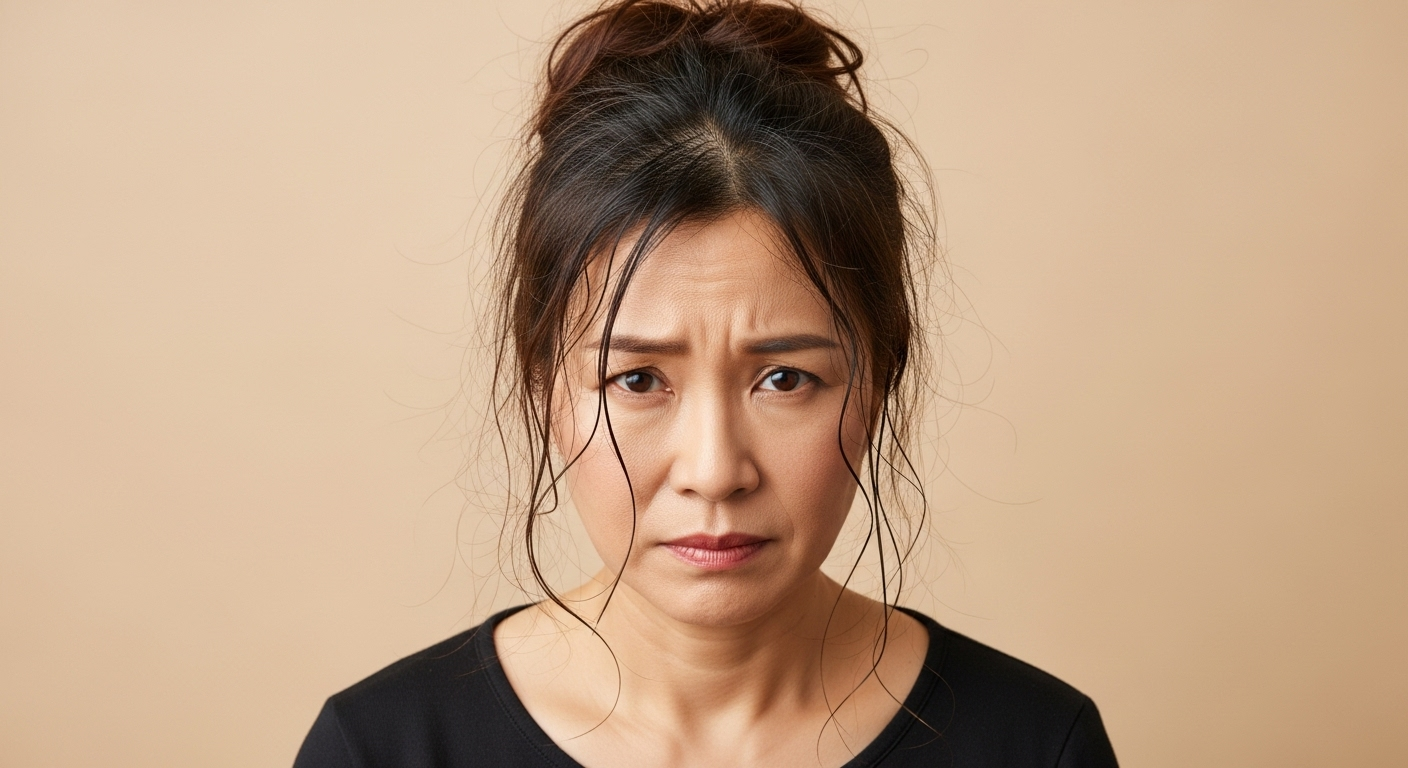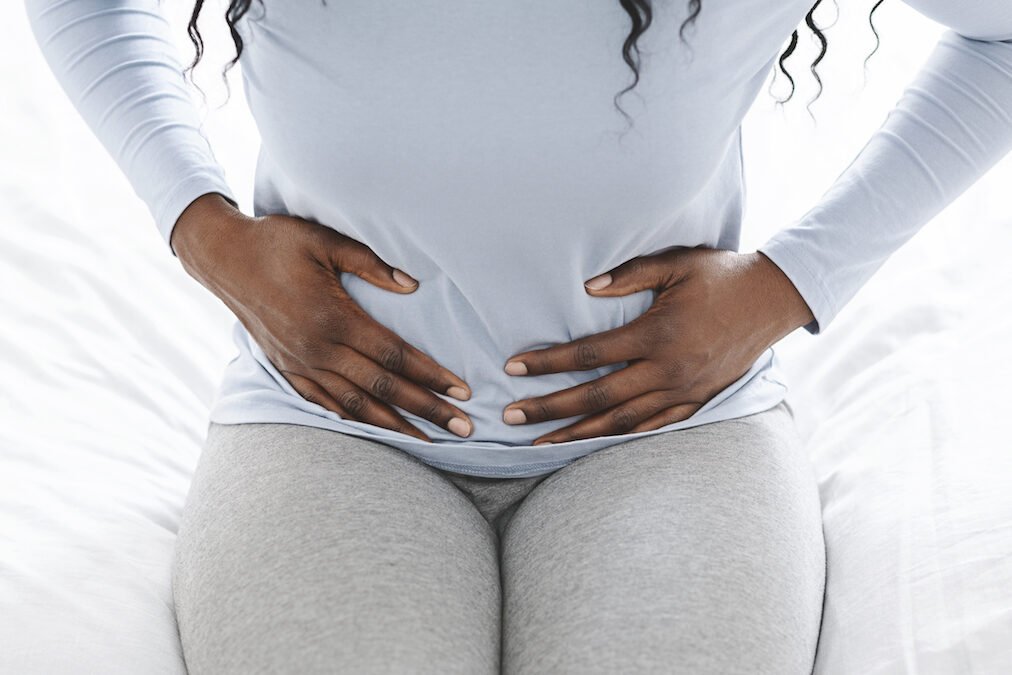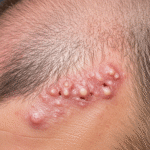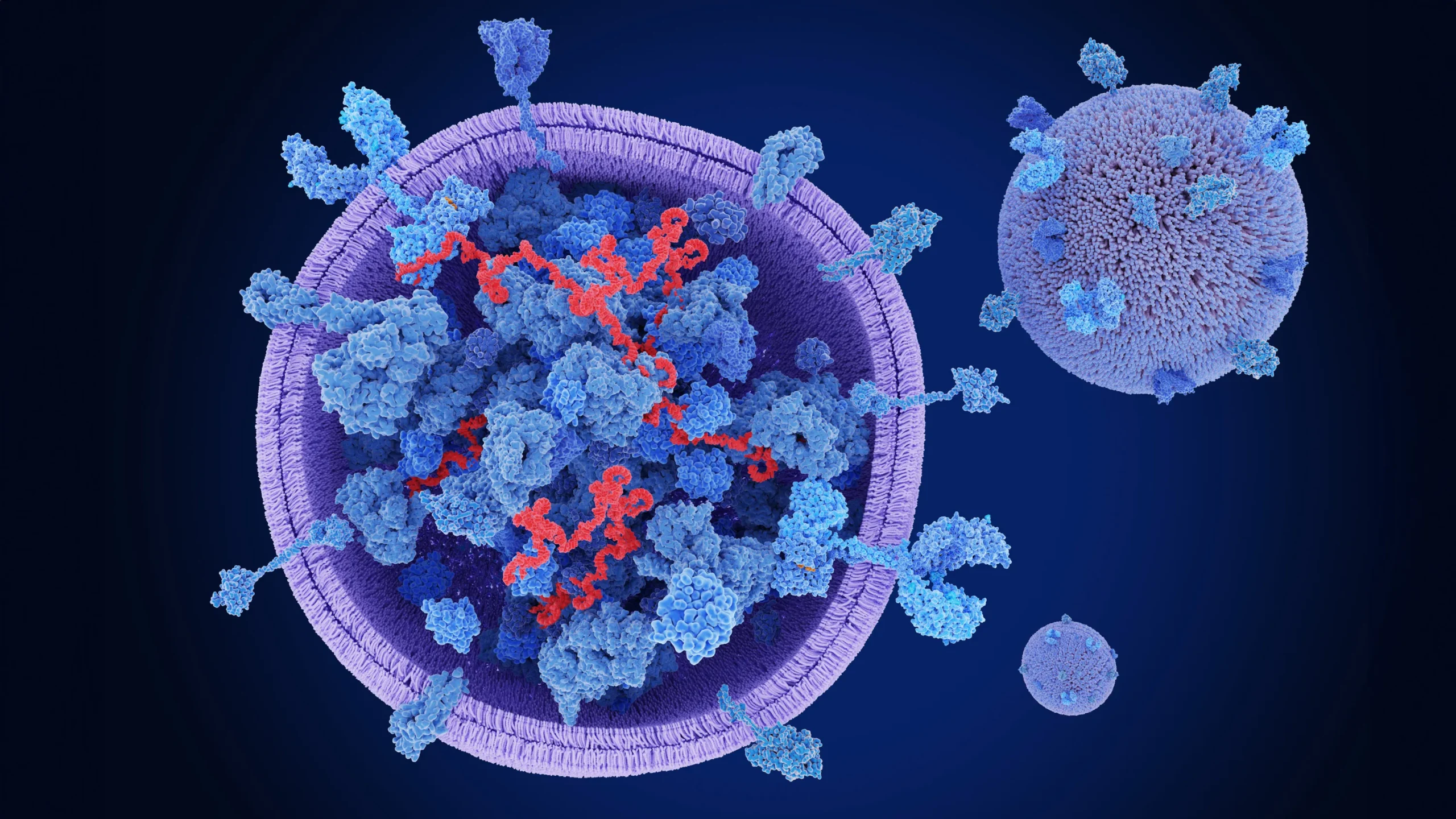If you're experiencing unexplained hair loss, it could be linked to underlying health conditions, one of which is uterine fibroids. Uterine fibroids are non-cancerous growths in the uterus, and they affect many women worldwide, often leading to hormonal imbalances. These imbalances may, in turn, contribute to hair thinning or shedding. Understanding the connection between uterine …
If you’re experiencing unexplained hair loss, it could be linked to underlying health conditions, one of which is uterine fibroids. Uterine fibroids are non-cancerous growths in the uterus, and they affect many women worldwide, often leading to hormonal imbalances.
These imbalances may, in turn, contribute to hair thinning or shedding. Understanding the connection between uterine fibroids and hair loss is crucial for finding an effective solution.
In this article, we will explore how uterine fibroids impact hair growth, how to treat them, and the steps you can take to address hair loss resulting from fibroids.

What Are Uterine Fibroids and How Do They Affect Hair?
Uterine fibroids are non-cancerous tumors that grow in the muscular walls of the uterus. They vary in size and number and are quite common among women of reproductive age.
While many women with fibroids experience no symptoms, others can suffer from heavy periods, pelvic pain, and complications like infertility. One lesser-known effect of fibroids is their potential to cause hair loss.
Definition and Types of Uterine Fibroids
Fibroids can be classified into three main types based on their location:
- Submucosal Fibroids: These fibroids grow beneath the lining of the uterus and are often linked to heavy bleeding and fertility issues.
- Intramural Fibroids: The most common type, these fibroids grow within the muscular wall of the uterus and may not cause symptoms unless they are large.
- Subserosal Fibroids: These fibroids develop on the outer wall of the uterus and may cause pressure on surrounding organs.
How Hormonal Imbalances from Uterine Fibroids Can Lead to Hair Loss
Uterine fibroids are influenced by estrogen, the primary hormone responsible for regulating the female reproductive system. When fibroids grow, they often produce more estrogen, leading to hormonal imbalances.
Estrogen affects the hair growth cycle, particularly the anagen (growth) phase. An increase in estrogen can push hair follicles into the telogen (resting) phase prematurely, resulting in excessive shedding or thinning of the hair.
The Link Between Uterine Fibroids and Hair Loss

If you are experiencing unexplained hair thinning, uterine fibroids could be a contributing factor. Here’s how:
How Fibroids Disrupt Hormonal Balance
Estrogen levels in the body rise when fibroids are present. High estrogen levels can suppress the normal hair growth cycle, leading to slower hair growth and increased shedding.
This disruption is particularly concerning for women who already have a genetic predisposition for hair loss, as the hormonal fluctuations can exacerbate the problem.
Signs and Symptoms of Uterine Fibroids and Hair Loss
The effects of fibroids on hair can vary, but common symptoms include:
- Thinning Hair: Noticeable thinning of hair on the scalp, especially in certain areas.
- Excessive Hair Shedding: A noticeable increase in hair falling out, often during washing or brushing.
- Dull, Lifeless Hair: Hormonal imbalance can cause hair to lose its natural shine and volume.
Diagnosis and Treatment of Uterine Fibroids and Hair Loss

If you suspect that your uterine fibroids are causing hair loss, it’s essential to seek medical advice. Diagnosing fibroids involves several steps.
How Uterine Fibroids Are Diagnosed
A gynecologist can diagnose uterine fibroids through:
- Physical Exams: A doctor will check for signs of fibroids during a pelvic exam.
- Imaging Tests: Ultrasound is commonly used to visualize fibroids. An MRI may be recommended for more detailed images.
Available Treatment Options for Uterine Fibroids
There are several treatments available to manage uterine fibroids, including:
- Medications: Hormonal therapies, such as birth control pills or GnRH agonists, help regulate estrogen levels.
- Surgical Options: In severe cases, surgical interventions like myomectomy (removal of fibroids) or hysterectomy (removal of the uterus) may be necessary.
- Uterine Artery Embolization: This minimally invasive procedure blocks blood flow to the fibroids, causing them to shrink.
Managing Hair Loss Caused by Uterine Fibroids
While treating the fibroids can help restore hormonal balance, addressing hair loss requires a multi-pronged approach.
How to Address Hormonal Imbalances to Minimize Hair Loss
Managing the hormonal imbalance caused by fibroids is key to minimizing hair loss:
- Hormone Replacement Therapy (HRT): HRT can be used to balance estrogen and progesterone levels, potentially halting further hair loss.
- Nutritional Support: Certain vitamins and minerals, such as biotin, vitamin D, and iron, play a vital role in hair health. Eating a balanced diet can help nourish your hair from the inside out.
Hair Restoration Solutions for Uterine Fibroid-Related Hair Loss
If hair loss persists after fibroid treatment, consider hair restoration solutions:
- Scalp Treatments and Topical Solutions: Products containing minoxidil can stimulate hair growth.
- Platelet-Rich Plasma (PRP) Therapy: PRP therapy involves using your own blood to inject platelets into the scalp, promoting hair regrowth.
- Hair Transplant Surgery: In extreme cases, hair transplant surgery may be an option to restore lost hair.
FAQs
1. Can Uterine Fibroids Cause Permanent Hair Loss?
In most cases, hair loss due to uterine fibroids is reversible once the underlying hormonal imbalance is treated. However, the extent of hair regrowth depends on individual circumstances.
2. How Long Does Hair Loss Last After Treatment for Uterine Fibroids?
Hair loss may continue for several months after fibroid treatment, but hair regrowth typically begins once hormone levels stabilize. Full regrowth can take up to 6-12 months.
3. Are There Specific Fibroid Treatments That Help With Hair Regrowth?
Hormonal treatments that address estrogen imbalance, such as hormone replacement therapy, can aid in both reducing fibroid symptoms and promoting hair regrowth.
4. Can Stress from Uterine Fibroids Contribute to Hair Loss?
Yes, the stress caused by fibroids’ symptoms, such as pain and heavy bleeding, can also contribute to hair shedding, particularly in women with a predisposition to stress-related hair loss.
Conclusion
Understanding the connection between uterine fibroids and hair loss is essential for managing both conditions effectively. By treating the fibroids and addressing hormonal imbalances, you can restore hair health and regain confidence.
If you’re experiencing hair loss due to uterine fibroids, don’t wait—Book a Consultation Dr. Uzma Irfan, an ISHRS-certified surgeon in Islamabad Today to discuss your treatment options with a specialist. Let us help you find the right solution for both your fibroid concerns and hair regrowth journey






